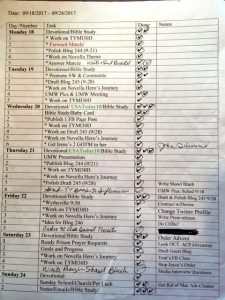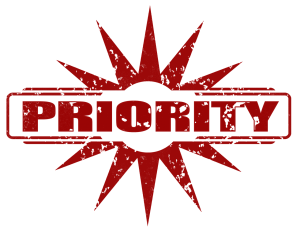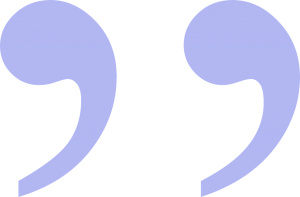Have you ever felt so frazzled, you couldn’t find the panic button?
You may even ask, “How could this happen? I’m an organized person.”
Last week as I shuffled through my Writer’s Digest magazines, I spotted the February 2017 issue’s article, “Map Your Writing Time” by Sage Cohen. I gauged Ms. Cohen’s suggestions with how I use them.
Ms. Cohen’s Suggestions
1. Articulate your destination. I prioritize my writing and personal goals every week. I divvy up tasks then enter them on my scheduling template, which already displays regular tasks. I put an * next to writing, platform, speaking, and marketing tasks. On the side, l record future tasks to schedule. If I can, I include some padding. Then I report my goals with an * to my accountability partners.
2. Make one goal inform another to “allocate your time in a way that delivers the greatest value.” I often use the projects I’m working on as subjects of my blogs. For example, when I did a book signing for my first book, I wrote a blog post from my research and experience. Reviewing that post while I write this one, reminded me of tasks I need for the bookstore signing I’m doing this Saturday.
3. Set timers so you don’t spend too much time on nonwriting tasks. No problem. I have two devices in my office, but I’ll now use the timers more on nonwriting tasks.
4, Use nonwriting commitments to service your writing. I always mull writing ideas during long drives to scheduled obligations. I’ll brainstorm my protagonist’s goals on my half-hour drive to my writers’ group tomorrow.
5. If you’re repeatedly drawn toward a project that’s not a top priority, consider moving it there. Although I scheduled work on my new novel, my non-fiction kept calling me to finish it ahead of deadline and send it. After reading this suggestion, I’m doing that.
6. Don’t waste perfectly good slivers of time. I’m writing now while my husband attends an evening meeting.
7. Rise an hour earlier when it’s quiet. I get up at 5:30, but I’m considering 5:00 for a short duration while I’m under two deadlines and know galleys are coming soon for a third book.
8. Leave notes where you stop working. I suppose I should expand on “STOPPED HERE.”
9. Track your time on tasks and learn how much time you need so you’ll know better what tasks and projects you can take on. Good idea, but I don’t have time. :0)
10. Stop panicking and appreciate the time you have and the progress you’re making in that time. I’ll appreciate my time and progress more. I’m already thankful for a husband who takes over housework so I can write. He’s also taken over some marketing tasks.
Reading Ms. Cohen’s suggestions showed me I do many of the right activities. When I start to feel overwhelmed, I need to forget the pileup and just do what I’ve scheduled.
Writers, are you so panicked you can’t find the panic button? Click to tweet.
What do you do to make your writing, platform, and life commitments mesh?















 RSS - Posts
RSS - Posts